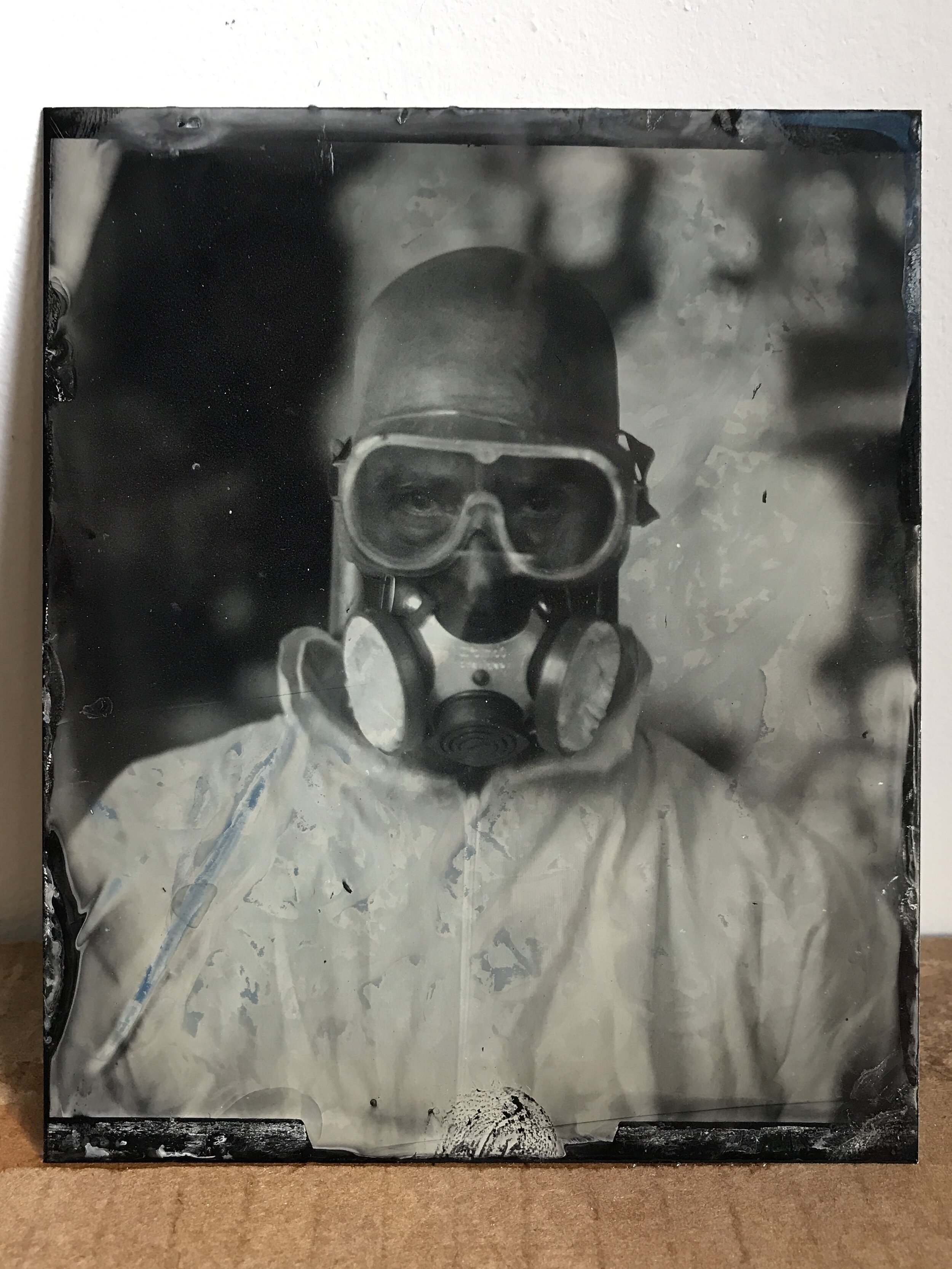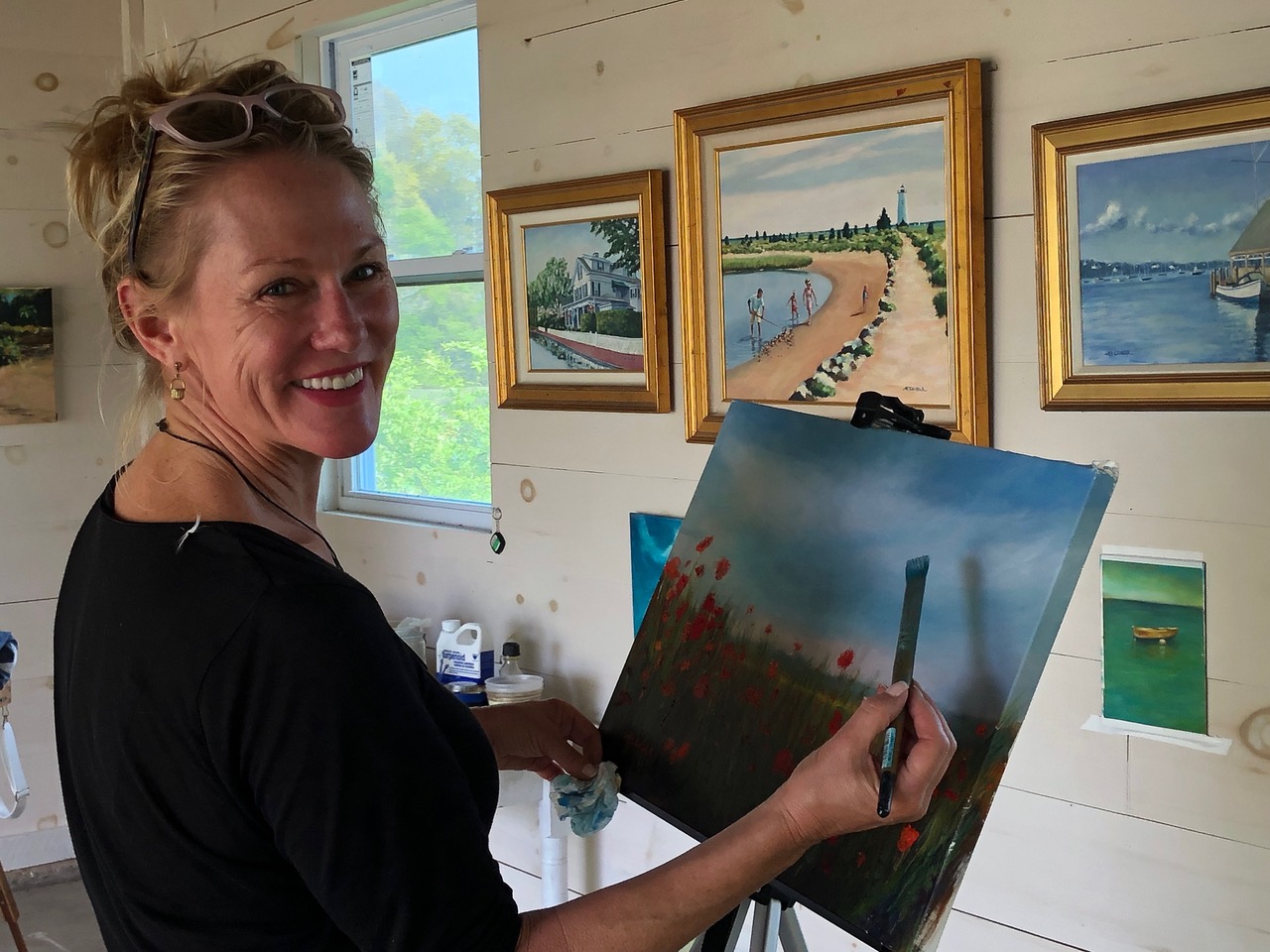Calling all art lovers! Save the date! It’s that time of year again, time for AmFab’s 16th Annual Open Studios! Come visit with area artists & designers in their studios in a four-story historic factory building. This long-awaited event is a local favorite that is completely free for the public. It’s the perfect opportunity to get a good look into what your local artists are working on. After a year in quarantine, our artists’ studios are practically bursting with creative projects ready to be admired by the public eye.
Open Studios 101: What You Need to Know
The creative minds at Amfab have opened their studio doors for a whole weekend of fun times, new friends, and giving back to the community. Whether you are a passionate art collector, an art fan, or are simply looking for something to do on the 13th and 14th, Open Studios is an event you won’t want to miss! Between meeting your favorite local artists in person, listening to live music, and tasting some amazing Berlinetta Beer, Open Studios will provide a full day of fun for everyone.
A Weekend of Fun – and For a Great Cause!
Live music will keep our guests entertained while they browse the studios of our amazing and artistically diverse artists as well as a WPKN record sale. PLUS: to benefit our neighbors, the Bridgeport Rescue Mission, we’ll be holding a food and coat drive, along with an art raffle! So, clear the calendar and round up you friends! Connect with some of your favorite artists in person and admire the works of some amazingly creative and talented individuals. For a sneak peek of what you’ll see at Open Studios, check out our website or @amfabarts on Instagram to see the contemporary art, design, and fine arts exhibited. We can’t wait to see you there!

























